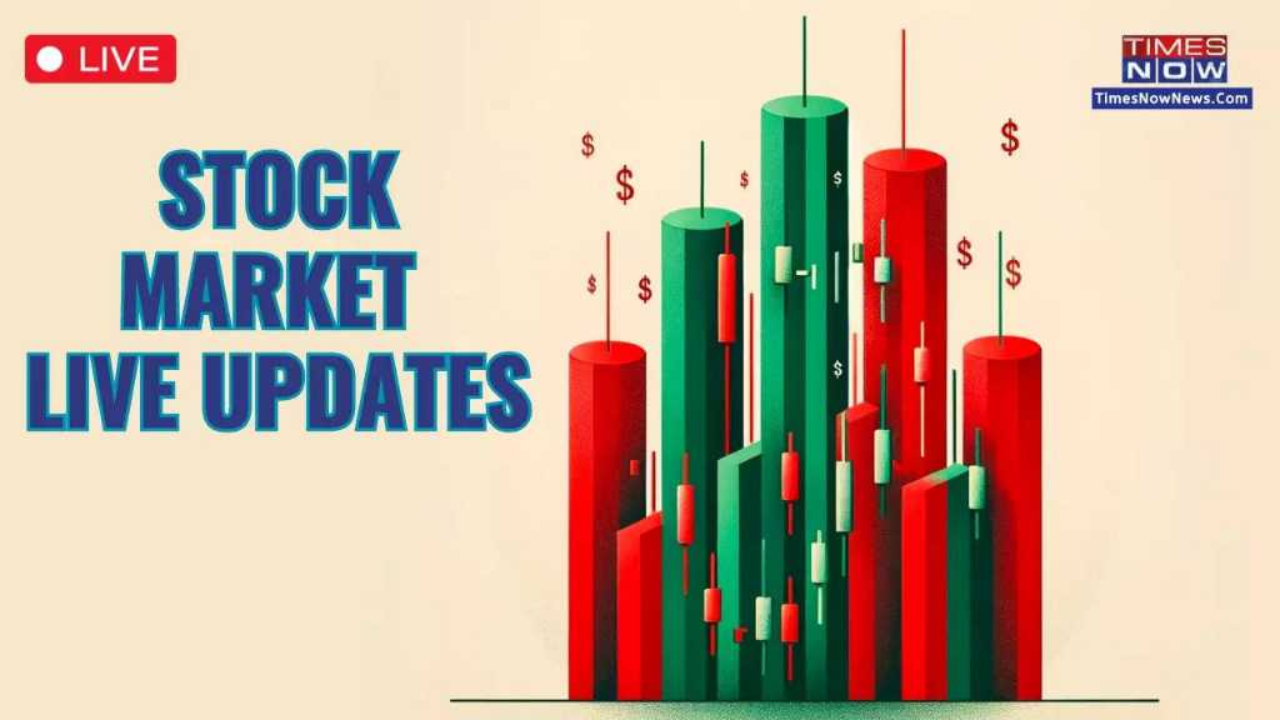
Netflix's Stock Surge: The Power Behind Advertising and Strategic Pricing
Stock Market20/08/2024 Mr. Smith
Mr. Smith
On Tuesday, Netflix (NFLX) achieved a significant milestone as its stock soared to an intraday record high of $711 per share. This remarkable surge comes in the wake of the company’s robust push into the advertising market, coupled with its strategic focus on pricing adjustments. The previous intraday record of $701 was set in 2021, but Netflix’s recent moves have reinvigorated investor confidence, propelling its shares to new heights.
The Impact of Advertising on Netflix’s Growth
Netflix’s successful negotiations during the upfront season, where networks and media companies secure ad commitments for upcoming series and events, have played a pivotal role in this surge. The company reported a "150% plus increase in upfront ad sales commitments over 2023," highlighting the growing significance of its ad-supported tier.
The introduction of live sports content, such as the upcoming NFL Christmas Day games and WWE Raw in 2024, alongside popular series like "Squid Game 2," has bolstered Netflix’s appeal to advertisers. Amy Reinhard, president of advertising at Netflix, emphasized that their advertising clients, including major brands like LVMH, Amazon, and Google, remain excited about the platform’s highly engaged audience and the quality of its programming.
Additionally, Netflix’s plan to launch its in-house ad tech platform globally in 2025 is expected to further enhance its advertising capabilities, making ads a more substantial revenue stream that contributes to sustained, healthy revenue growth in 2025 and beyond.
Strategic Pricing: A Key Driver of Netflix’s Financial Success
While advertising has been a significant factor, analysts have also pointed to Netflix’s strategic pricing as a key driver of its stock’s performance. The company has demonstrated a keen ability to adjust its pricing structure in response to market conditions and consumer demand. Netflix last raised the price of its Standard plan in January 2022, with the monthly cost increasing from $13.99 to $15.49. The Premium tier also saw a price increase, rising from $19.99 to $22.99 per month.
Jefferies analyst James Heaney suggested that Netflix is well-positioned to implement another price hike in December, particularly with its entry into live sports. This move, coupled with the company’s ongoing efforts to address password sharing, could create a tailwind that supports further pricing adjustments.
Notably, Netflix has yet to raise the price of its ad-supported offering, which remains one of the most competitive in the industry at $6.99 per month. As Netflix continues to scale its ad business and attract more subscribers to its ad-supported tier, the company is likely to leverage its growing pricing power to drive further revenue growth.
What to Expect from Netflix in the Long Term?
Looking ahead, Netflix has outlined a clear strategy for continued growth. The company’s focus on expanding its ad business and its strategic pricing initiatives are expected to deliver long-term value for shareholders. In its recent earnings release, Netflix reported a 34% quarter-on-quarter growth in ad-tier memberships, bolstered by the removal of the basic plan in certain markets.
As Netflix continues to scale its ad business, the company believes it is on track to achieve critical ad subscriber scale in its ad-supported countries by 2025. This strong base will allow Netflix to further increase its ad membership in 2026 and beyond, positioning the company for sustained success in a competitive streaming landscape.
In conclusion, Netflix’s recent stock surge underscores the company’s ability to innovate and adapt in a rapidly evolving market. By leveraging the power of advertising and strategic pricing, Netflix is poised to deliver significant returns for investors in the years to come.
For more information on related topics, consider exploring:






